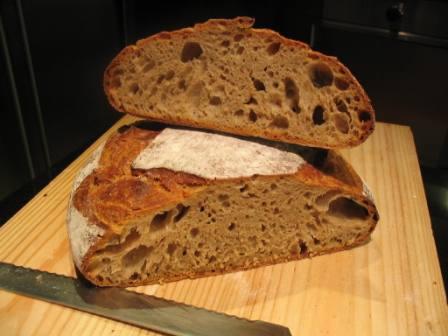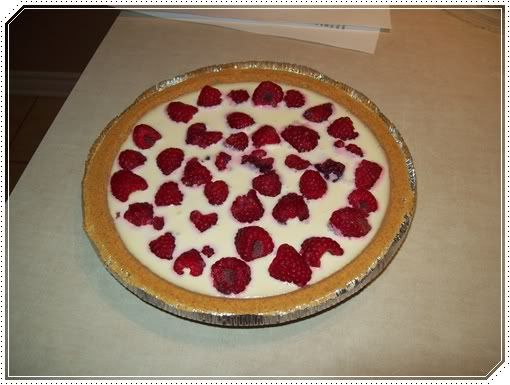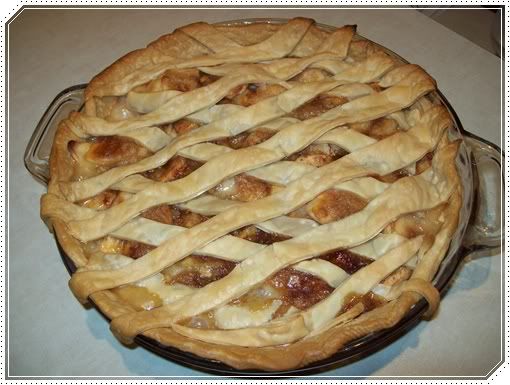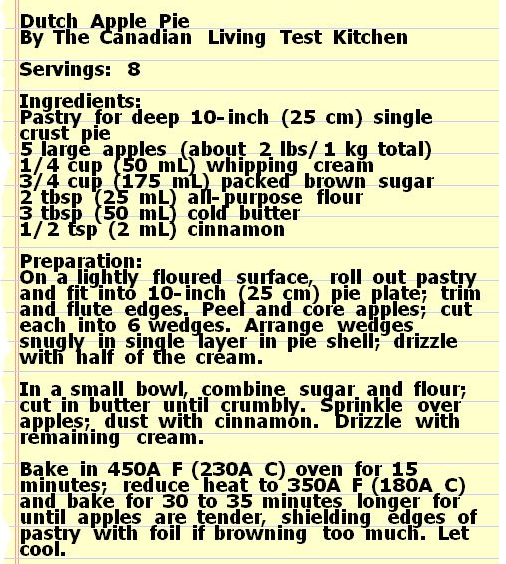Background:
In Eric Kayser's book "100% Pain", the Foreword written by the celebrated French chef Alain Ducasse waxed poetic about Kayser's Tourte de Meule, which literally translates to "Millstone Pie" and which is basically a Country Miche made with High Extraction Organic Stone Ground Flour and a Liquid Levain.
 Eric Kayser's "La Tourte de Meule"
Eric Kayser's "La Tourte de Meule"
In my last blog, I mentioned that I was able to bring back 3 types of Organic Flour from the "Meunerie Milanaise" in Quebec, the same mill that supplies Daniel Leader's "Bread Alone" bakery in Woodstock, New York. In addition to the basic Type 55 AP Flour, I also bought their Type 70 and Type 90 Organic Stone Ground flours. Having secured the proper ingredients, I decided to give EK's Tourte de Meule a try.
EK's original recipe:
- 700 g T 80 Organic Stone Ground Flour
- 300 g T 65 Organic Stone Ground Flour
- 200 g Liquid Levain
- 2 g Fresh Yeast
- 25 g Sea Salt from Guerande
- 700 g Water
Since my flours have slightly higher extraction, I decided to use half T 90 (83% extraction) and half T 70 (81% extraction) Organic Stone Ground Flour. I also halved the recipe to 500 g total Flour Mix and converted the yeast amount to 1/8 teaspoon Instant Yeast (for 500 g total flour). I used Grey Sea Salt from Guerande and Deer Park Spring Water. My Liquid Levain build was 100% hydration using T 70 Flour.
I modified the procedures slightly from Kayser's instructions. He calls for mixing all the ingredients, fermenting the dough at room temperature for 2-1/2 hours with stretch and fold at 15 minutes and then at 1-1/2 hours, shaping and proofing in banneton for 2 hours before baking.
My Procedures:
- Combine the Flour Mix and Water and autolyse for 30 minutes.
- Add the Liquid Levain, Yeast and Salt and knead with a dough hook on slow speed for 2 minutes.
- Do 10 stretch and fold in the bowl at 45 minutes interval 4 times.
- Ferment the dough at room temperature for 1 hour and retard in the refrigerator for 24 hours.
- Shape the dough into a Boule and let the dough rise in a lined Banneton for 1 hour.
- Bake in preheated 440 degrres F oven for 15 minutes with steam and at 410 degrees F without steam for 30 minutes.
Results:



The loaf had great oven spring. The exterior had a deep amber color and was nice and crusty. The smell was sweet and caramelly. The crumb was open and medium soft with a slight chewiness. The crumb color was beige with fine specks of bran, similar to a whole wheat crumb. The flavor was wheaty, tangy with a touch of acidity. When sliced and toasted, it took on a whole new dimension. The taste of toasty grain came out with an extra dose of sweetness. Overall, I was very pleased with the result.
Don













 Eric Kayser's "La Tourte de Meule"
Eric Kayser's "La Tourte de Meule"

